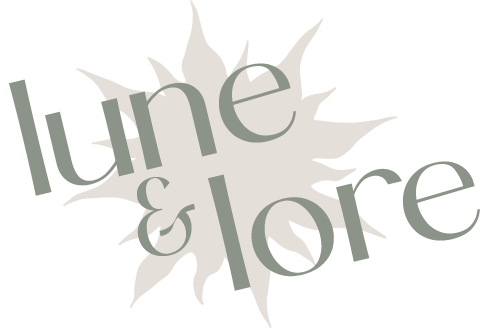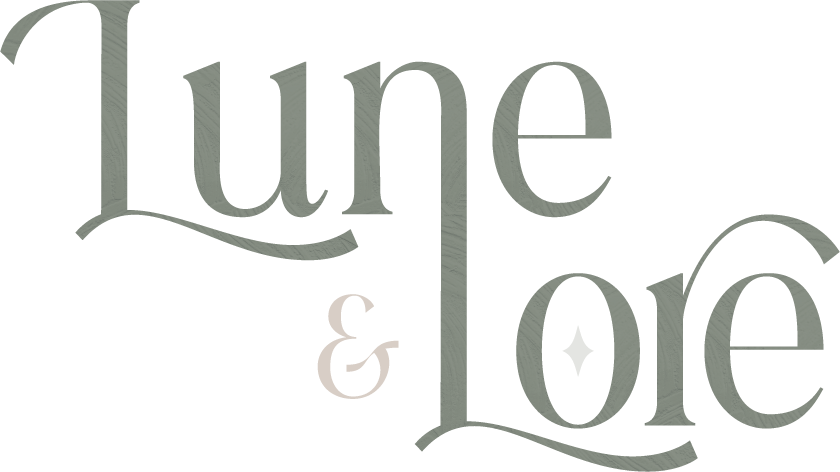
It seems like just yesterday I was asking what a podcast was. I was also asking like, why would I want to spend time listening to you and your friend group’s existential musings while you get high? Also, do podcasts make money? Also, where do you host that crap? And mostly, why?
Fast forward a decade and we live in a world where everyone and their mother has a podcast – a world where everyone is an influencer, but you’re not an influencer if you don’t have your own podcast (thanks, Emma Chamberlain). Many people now even host a podcast with their mother. There still remains the question of why, though, but that’s a bigger question.
Interestingly enough, podcast creation has been on a sharp downward trend. There was a roughly 80% drop in podcast production in 2022.
While much of the downturn can be attributed to the reopening of the world (the cancellation of podcasts that were taken up as a quarantine hobby) and resumption of regular activities, quarantine can’t be to blame for the entirety of the loss.
My most pressing question is: what’s replacing all that content?
Enter: the micro-blog newsblast igniting the rise of the personal newsletter.
The Newsletter Normal (get it)
Now that we’ve somehow mainstreamed podcasts, the publishing world is shifting from oral publications back to written ones. I’m no longer being told to check out someone’s podcast, but to instead subscribe to their newsletter (excuse me?). It gives the gen-z phase “unsubscribing” to something an ironically literal meaning.
I’m unsubscribing from you and your newsletter! *runs off in a huff*
Substack, beehiiv and ghost are three of the largest newsletter hosts. These sites are doing what OnlyFans did for sex workers (sorry, there’s no other name for you) for the publication world in subscription-only email-blast form: allowing creators to share free content and teasers with subscribers. While some content and teasers are free and public, most of the meaty stuff is reserved for the paid subs.
At this point, the OnlyFans/pandemic match up is a kismet tale as old as time, but let’s revisit briefly. What was revolutionary about OnlyFans was Bella Thorne the ability to interact with the creators of your choice, which provided a sense of connection to the world during a time that everything felt so closed off. Patreon caught on to the influencer content subscription model soon after and became an arguably “g-rated” version of the site, allowing you to pay for access to a creator’s exclusive content.
Substack, beehiiv and ghost, the three largest publishers, are all free to join and to monetize. What’s also free? Most affiliate sign ups. With the buy-in for hosting and monetization being $0, what’s to stop someone from pulling out their phone and quickly composing a newsletter? Nothing.
Zero risk, high reward. Full stop that podcast, which required a bit more AV knowledge and equipment.
So, why newsletters?
First of all, we are a vain and visual society, nice to meet u. Seeing something in text accompanied by a video or image (a newsletter) is something the audial experience of a podcast can’t compete with.
Newsletters are smart in that they’re extremely targeted and very well-suited to the behaviors of end users. In terms of monetization, display ads and “sponsored-by” links integrate seamlessly into text copy. Listening to a 2-minute commercial about BetterHelp or being told to manually type in in a promo code for vitamins on the other hand, feels exceptionally cumbersome and is so very cringe. Without a visual component, podcasts lack any sustainable monetization luster.
We’re on our phones for hours a day, consuming incomprehensible amounts of content. Personally, I check my email inboxes upwards of 30 times a day (probably more, I’m bad at gauging these things). For readers, email is an extremely convenient for of content; newsletters are delivered directly to your inbox and don’t require a separate app, account, or update to access – it’s a seamless integration.
The resources to read newsletters are immediately available, free, and they’re delivered in a format that can be utilized almost anywhere. There aren’t AV components that you need worry about playing (typically) with newsletters, and can be read anywhere, anytime. Podcasts require an environment that allows you to tune out exterior noise and focus on the introduction of a new voice.
Remember the Skimm?
The “newsletter only” model isn’t new, but it is fresh. What is new? The pay-for-content model.
the Skimm launched in 2012 as only a newsletter. I think Oprah(?) gave it a nod and the world absolutely ate it up. I recall thinking that it was a cool idea, but also thinking that a newsletter unrelated to like, a website, was kind of junk mail?
I prefer to wake up to the barrage of emails my boss sent me during her 3 am manic meltdown about quarter close, not ones about the state of the world, thanks.
However, they had just finished an insane round of unheard of funding and had a ton of super-high caliber investors, so I subscribed. It was free.
In 2012, way back yonder, there wasn’t a way to monetize what was essentially spam mail which was super confusing to myself and my fellow millennials. Search ‘the Skimm’ and the first related google search is “how does the skimm make money?”
Disclaimer: the Skimm is now also a blog, but primarily exists in the newsletter-o-sphere. Pause while we wait for the internet to come up with a snappier name. 11 years, 130 employees and $$millions$$ later, affiliates, sponsorships and literal display ads are the answer to the aforementioned monetization inquiry.
While the Skimm is a bit of a one-off example, it’s still been 11 years since their inception, and the “newsletter-only” media model hasn’t particularly taken off with other publishers. Why? I’d argue that because, until lately, it’s been out of vogue AF to tell someone you have a newsletter. Prior to learning about Substack, etc., had you told me you knew someone with a personal newsletter, I’d think it was the elder gentleman down the street sending out a weekly email about the neighborhood watch.
Drumroll please…
The podcast has solidified its place in the industry as a broadcasting tool; it’s all but replaced radio shows. Unfortunately for some, they won’t be completely obsoleted in the foreseeable future, if ever, but in the next 4-5 years’ time, I predict that podcasts will gradually fall out of popularity and newsletter creation will face an astronomical rise.
Your mother, aunt, bffl, and pet are going to jump on the newsletter chain. You’ll soon be writhing in embarrassment whilst reading the latest “Lake Father, Lake Son” newsletter by your dad & brother on the train during your commute home. (Car commuters, you’ll be stuck listening to reruns of your dad & brother’s 3-episode-long “Zoom and Gloom” quarantine podcast.)
Next thing you know, you and your friends are high as shit in your friend’s basement. As you pass the bong, you hear someone say, “we should start a newsletter, right?”
You heard it here first, folks.
What are your thoughts on the newsletter takeover? Have you been asked to subscribe to a friend’s newsletter yet? Sound off in the comments!




